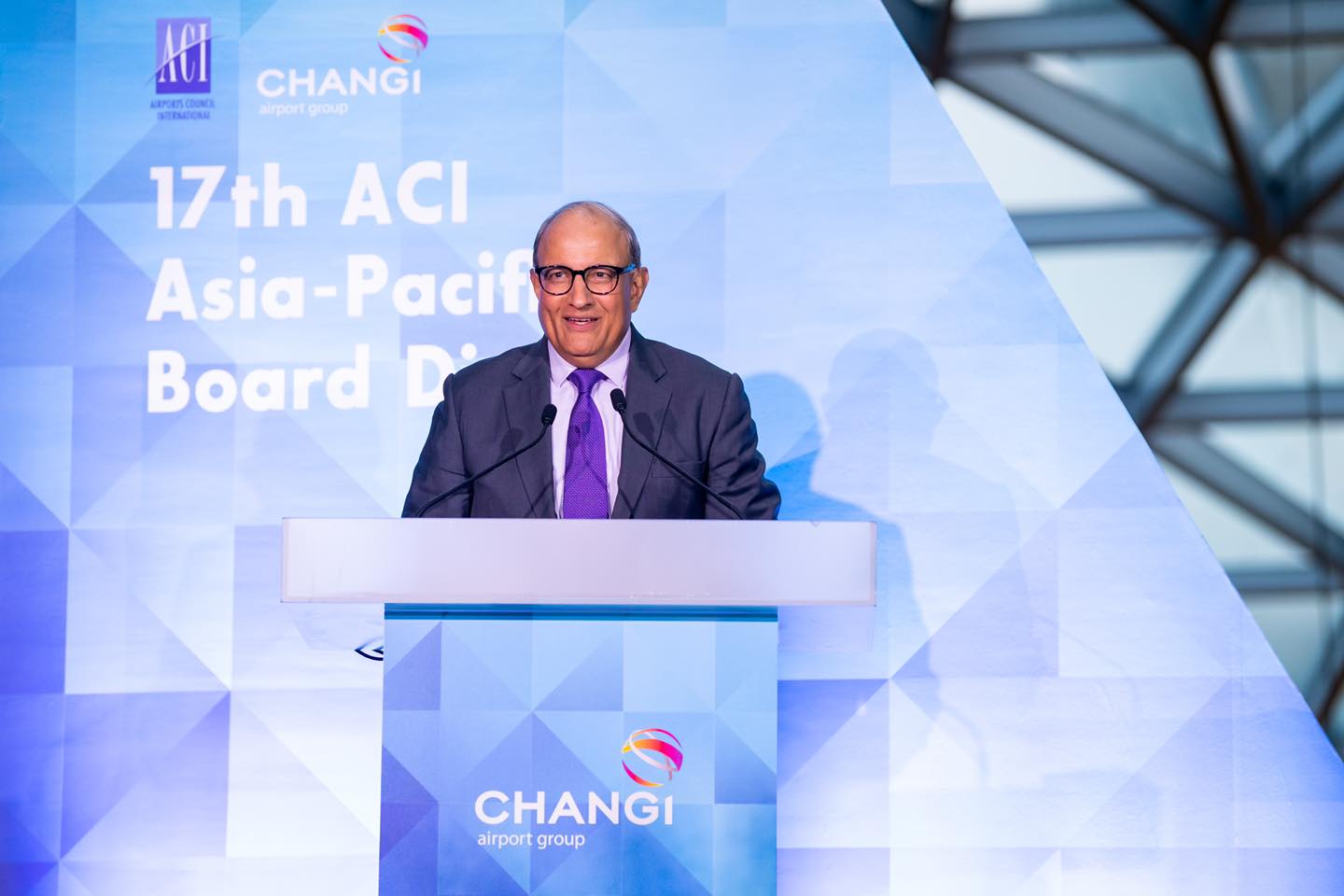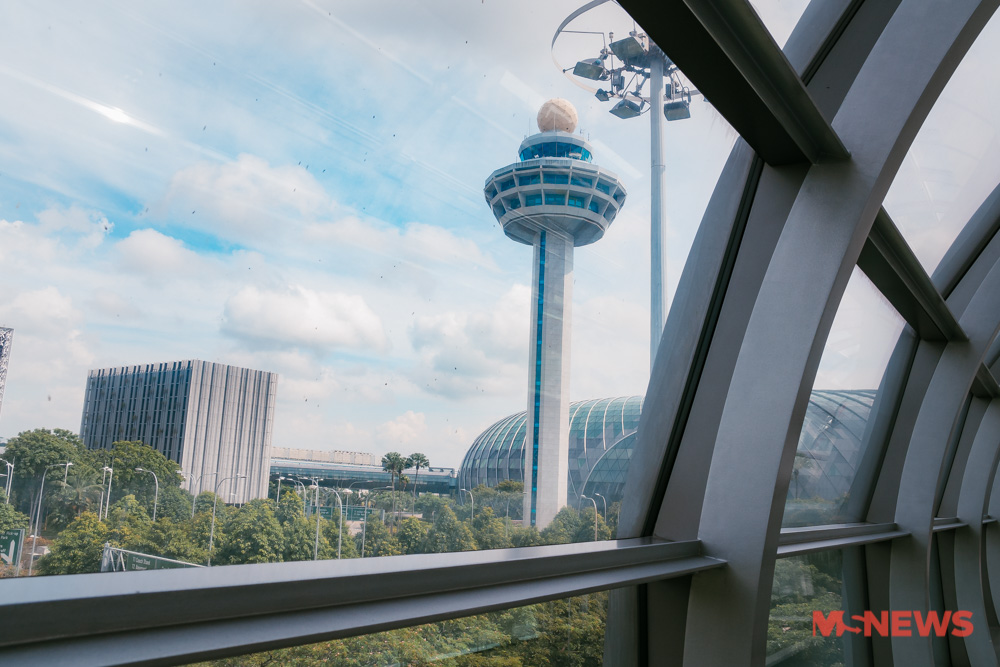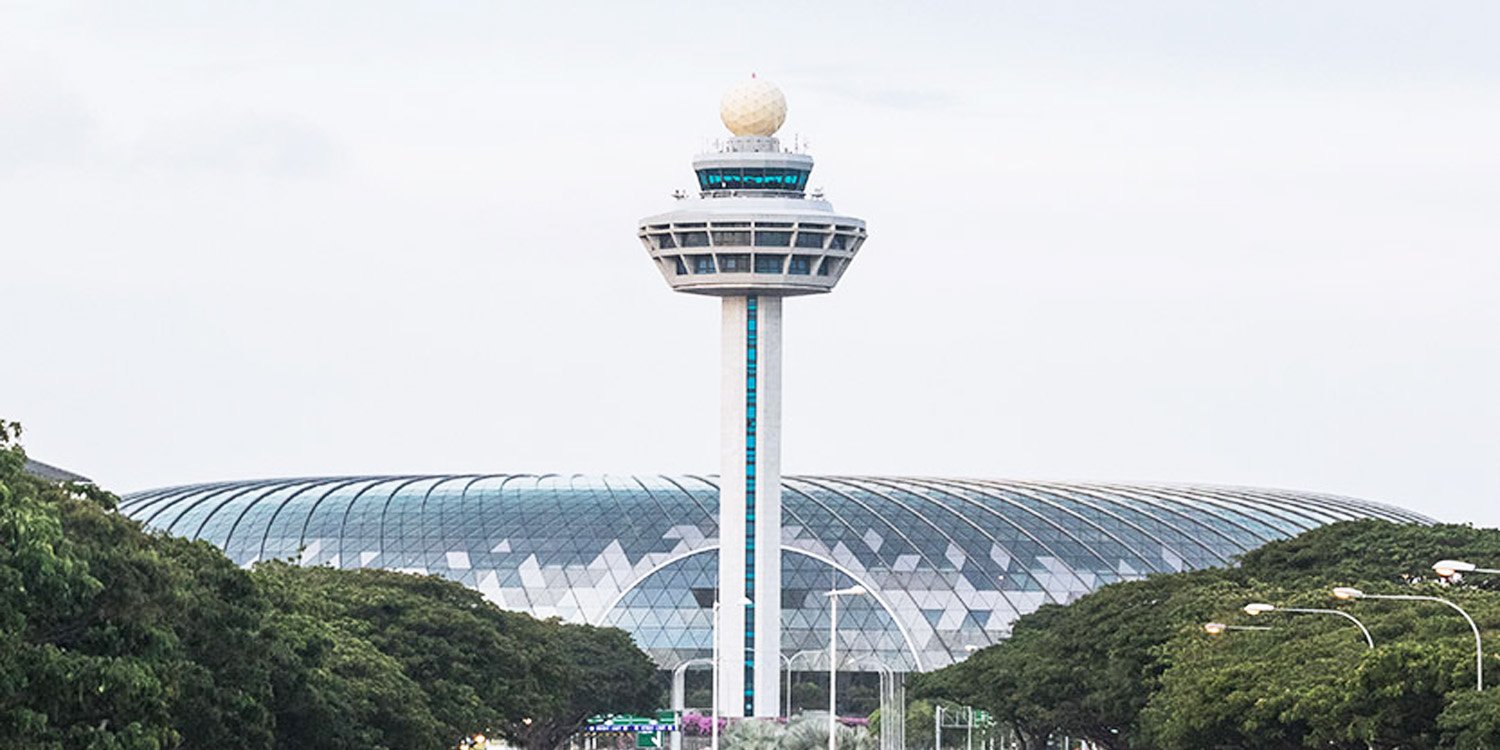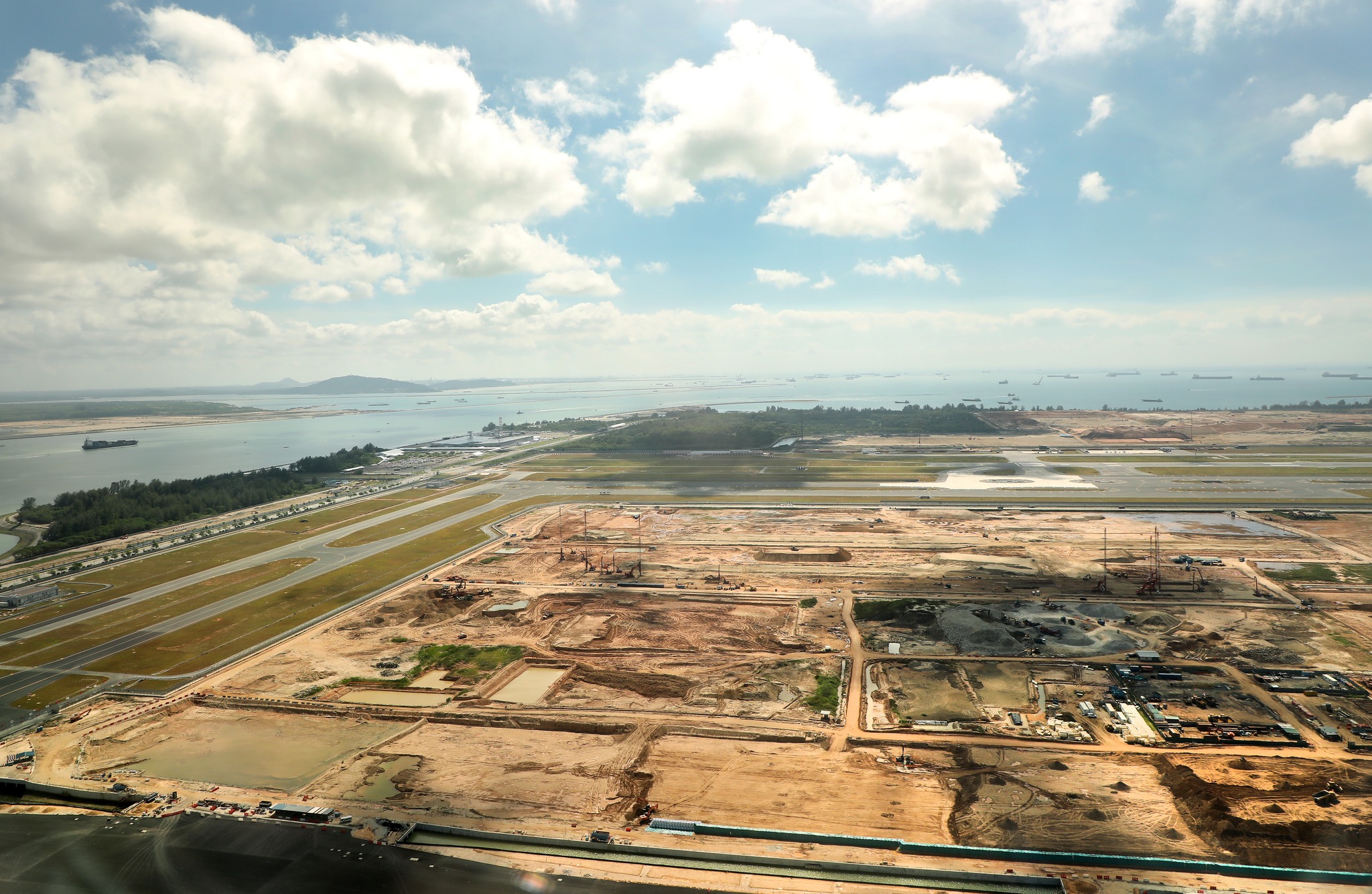Singapore Restarts Development Of Changi Airport T5 After 2 Years
With the easing of restrictions for Covid-19, travel has picked up in Singapore. Flights are once again filled with passengers, many booking their tickets after two years of closed borders.
As a result, Singapore has restarted the development of the fifth terminal at Changi Airport. In May 2020, work on T5 was paused due to the pandemic.
Transport Minister Mr S Iswaran announced that construction on the terminal would begin in two to three years, depending on the pace of recovery.
T5 is expected to be operational in the mid-2030s. International air travel has been projected to recover to pre-Covid levels by 2023.
Singapore resumes work on T5 in Changi Airport
According to The Straits Times (ST), Mr Iswaran said on Tuesday (17 May) that the Government is ready to push on with its plans for T5 in Changi Airport.
During a speech at the inaugural two-day Changi Aviation Summit held at the Sands Expo and Convention Centre, he said construction would start on the terminal in two to three years.
T5 is expected to begin its operations in the mid-2030s. This is when overseas travel is projected to have returned to the status quo before Covid-19.

Source: Facebook
Previously, the Government had stopped work on T5 because of how the pandemic affected air travel, reducing growth projections.
Hence, the Government decided to focus on tackling the Covid-19 challenge first and wait to understand post-pandemic travel patterns better before restarting work on the terminal.
Now, the current and projected numbers for air travel have prompted the development of the terminal and provided a “renewed impetus”.
Mr Iswaran also added that the Government had updated the design of T5 to be more “modular and flexible”. As work on the terminal continues, the design will be further refined and updated.
Capacity of airports challenged by rising demand
Channel NewsAsia (CNA) reported that Mr Iswaran acknowledged the need for airports to accommodate rising demand.

According to ST, Changi Airport’s T5 was set to handle up to 50 million passengers a year in its initial phase and cover a land area of about 667 football fields. It is unclear if these parameters remain the same.
But when the pandemic was most severe during April and May 2020, passenger traffic hit record lows of barely 0.5% of pre-Covid-19 volumes, he said.
However, the reopening of borders has led to “encouraging signs of recovery”, which should increase in the coming months.
Mr Iswaran stated,
Passenger traffic has more than doubled to above 40% of pre-Covid levels in May.
International Air Transport Association (IATA) director-general Mr Willie Walsh said overall air passenger numbers should recover to pre-Covid-19 levels by 2023, one year earlier than anticipated.
Noting this, Mr Iswaran added that Changi Airport might face capacity challenges while coping with the demand.
“To reduce ground congestion and the consequential delays in the air, we must strive to build up capacity in anticipation of demand,” he stressed.
Good news for our travel industry after a pandemic
It is undeniable that Changi Airport is experiencing an influx of passengers after a two-year-long restriction on overseas trips.
Various reports have surfaced over the past few months of massive queues at departure halls. Thus, the development of T5 will help our airport cope with the rising demand for air travel.
Have news you must share? Get in touch with us via email at news@mustsharenews.com.
Featured image adapted from Changi Airport Group.









